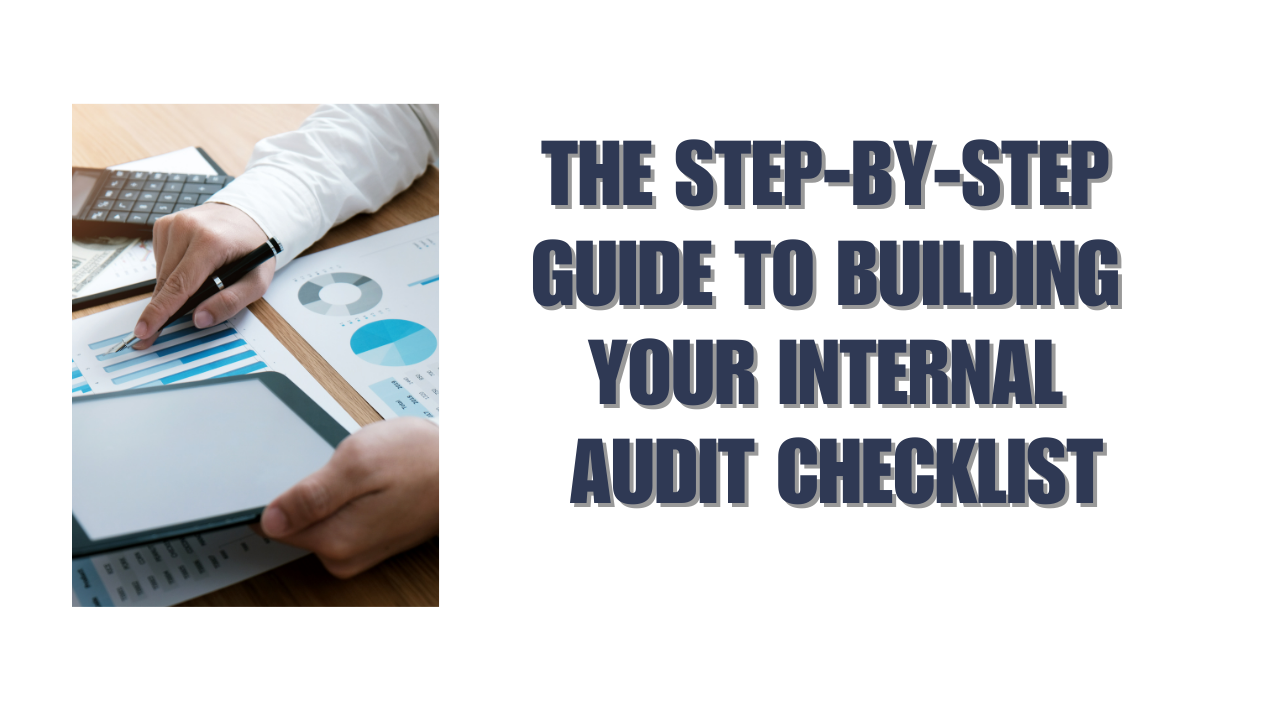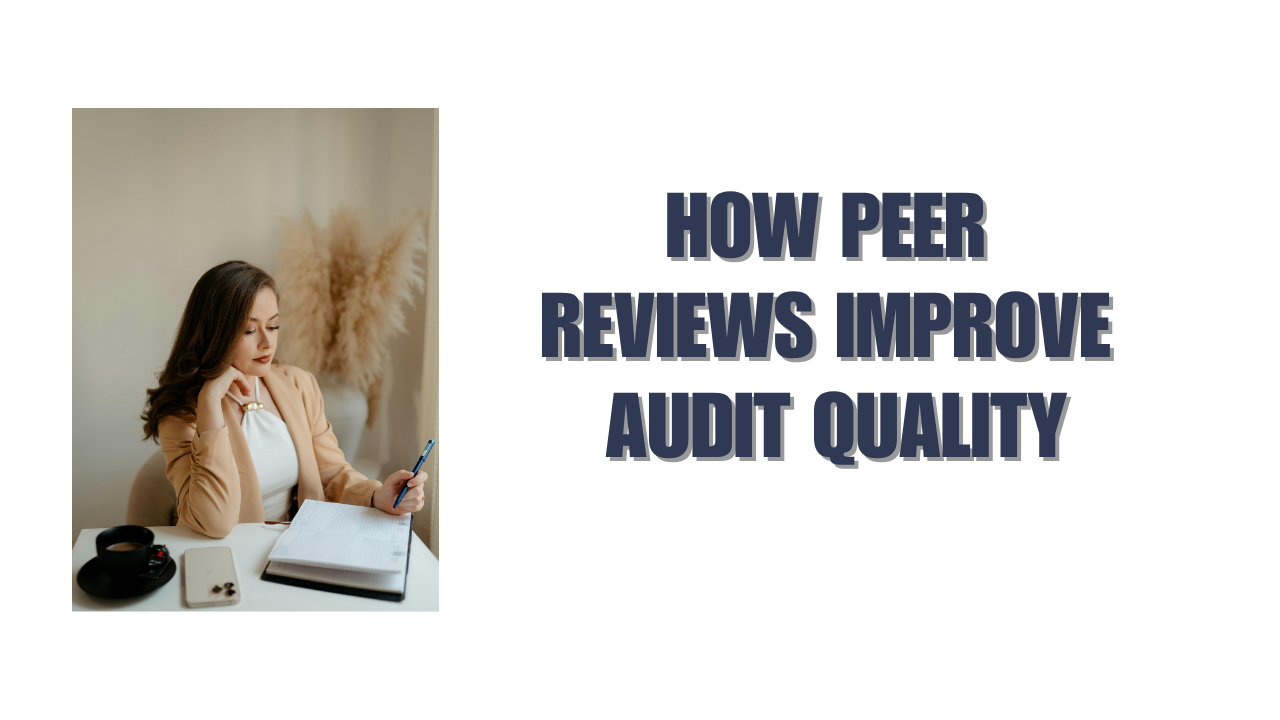Did you know that an internal audit checklist can reduce the risk of asset losses from fraud by a lot?
Here’s the thing. Internal controls work as a system of policies, procedures, reviews, and duty segregation. They help minimize risks, create accurate financial statements, and ensure smooth operations. The main goal while going through an internal audit checklist is to spot missing or weak controls before they cause problems.
A detailed internal audit checklist brings substantial benefits. Companies see better regulatory compliance, improved audit results, and stronger financial assurance by doing this with structured control protocols. Management feels more confident about their financial reporting’s accuracy and faces fewer audit comments about weak internal controls.
You might ask “how do I do an internal audit checklist” or want one in Excel format. We have everything you need. Some companies like specific yes/no checklists, while others prefer questionnaires with detailed responses. This piece will guide you through creating an effective internal quality audit checklist and offer templates to make your process easier.
Understand the Role of an Internal Audit Checklist
A solid internal audit checklist forms the foundation of any audit process that works. Many people think internal audits only look at financial records, but that’s not true. Recent surveys show just 22% of internal audit resources go toward financial-related risks. These checklists help auditors get a full picture of compliance, operational efficiency, and risk management.
You can’t underestimate the importance of a well-laid-out checklist. It will give a standardized, thorough, and efficient audit process. The checklist helps auditors stay consistent and reduce variations in their findings. This creates valuable documentation that supports ongoing improvement efforts.
There’s another reason we need to clear up misconceptions about auditors following strict cycles with fixed checklists. In stark comparison to this, professional standards call for risk-based plans that adapt as organizations’ risks change. While compliance reviews might use similar checklists each year, internal auditing has become more flexible.
People often think audits are just fault-finding missions that “bayonet the wounded after the battle is over”. But a properly designed internal audit checklist targets major risks instead of minor problems. This helps organizations spot vulnerabilities, maintain compliance, and streamline their operations.
The internal audit checklist isn’t just a box-ticking exercise – it’s a strategic tool that guides organizations toward better risk management and operational excellence.
Steps to Build Your Internal Audit Checklist
A systematic approach helps create an effective internal audit checklist. The first step evaluates your current audit practices to spot compliance gaps. These findings are the foundations of a strong checklist.
Your checklist needs clear, measurable goals. These goals should arrange with your organization’s risk profile and help design audit processes that target critical vulnerabilities.
The next phase maps out all internal audit activities from planning to follow-up stages. This overview reveals responsibilities, timelines, and documentation needs.
The core team, senior management, audit committee members, compliance officers, and audit staff should work together before the checklist is final. Their input ensures the checklist achieves organizational goals.
Choose an objective auditor who hasn’t designed or implemented your security controls. This person must have excellent communication skills and analytical abilities.
After preparation, gather all documents including HR policies, operational procedures, financial records, vendor contracts, previous audit reports, and security logs.
The process ends with a detailed audit report that outlines findings and recommendations. Any identified nonconformities need immediate fixes.
Note that your internal audit checklist serves as more than a simple tick-box exercise – it’s a strategic tool that drives organizational excellence.
Templates and Tools to Get Started
Templates that are ready to use give you a solid foundation for your internal audit process. You have two ways to collect information about internal controls: checklists and questionnaires. Checklists come with specific yes/no or multi-choice questions that ask for exact details. Questionnaires use open-ended questions that let clients give more detailed descriptions of their control processes.
A detailed list of questions based on audit criteria helps newcomers get started. Experienced auditors might find too much detail in checklists gets in their way. Process-based and clause-based templates each shine in different ways. Process-based checklists work well for specific audit areas but need multiple documents. Clause-based options give you one template that works for all processes.
Good internal audit checklist templates should have these features:
- Progress tracking metrics that show total tasks, completed items, and pending items
- Well-laid-out tables with columns for task descriptions, responsible persons, deadlines, and status indicators
- Team management tools with dropdown lists that keep everything consistent
You’ll find specialized templates that go beyond the basics for financial statements, lead schedules, supplier evaluations, and quality management. Note that any template needs to line up with your business goals rather than blindly following a standard format.
New auditors should look into digital tools that offer immediate updates, team features, and quick reporting.
Conclusion
Creating an effective internal audit checklist demands careful planning and a systematic approach. This guide explores how these checklists help identify weak controls, ensure compliance and streamline processes. Most people think internal audits only review financial records, but they actually work as detailed risk management tools.
The step-by-step process gives you a clear roadmap to create your own checklist. Your audit framework becomes reliable when you assess current practices, define clear objectives, map activities and work with stakeholders. Picking the right auditor plays a vital role to maintain objectivity throughout the process.
Your organization’s specific needs determine which template style works best. Yes/no question checklists provide precision, while questionnaires capture more detailed responses. Process-based templates enable targeted assessments, and clause-based options work well across departments.
Digital tools make your audit more efficient with live updates, collaboration features and automated reporting. We suggest starting with the provided templates and customizing them to match your business objectives and risk profile.
An internal audit checklist does more than just check compliance boxes – it’s a strategic asset that protects your organization, improves operations and builds stakeholder trust. Strong internal controls lead to better business results and lower organizational risk.
FAQs
Q1. What is the primary purpose of an internal audit checklist?
An internal audit checklist serves as a comprehensive tool for assessing compliance, operational efficiency, and risk management within an organization. It helps identify weak controls, ensure regulatory compliance, and improve overall operational performance.
Q2. How many steps are involved in building an effective internal audit checklist?
There are typically six key steps involved in building an effective internal audit checklist: defining audit objectives and scope, identifying key risk areas and controls, breaking down processes into audit points, assigning responsibilities and timelines, including compliance and documentation checks, and reviewing and validating with stakeholders.
Q3. What’s the difference between an internal audit checklist and a questionnaire?
An internal audit checklist usually contains specific yes/no or multi-choice questions that prompt for exact details, while questionnaires use open-ended questions that allow for more comprehensive responses about control processes.
Q4. Can internal audit checklists be automated?
Yes, internal audit checklists can be automated using digital tools that offer real-time updates, collaboration features, and instant reporting capabilities. This is particularly beneficial for first-time auditors and can significantly enhance audit efficiency.
Q5. How often should internal audit checklists be updated?
Internal audit checklists should evolve with an organization’s changing risk landscape. While some compliance reviews may use similar checklists year after year, professional standards require risk-based plans that adapt to the organization’s current needs and potential vulnerabilities.






